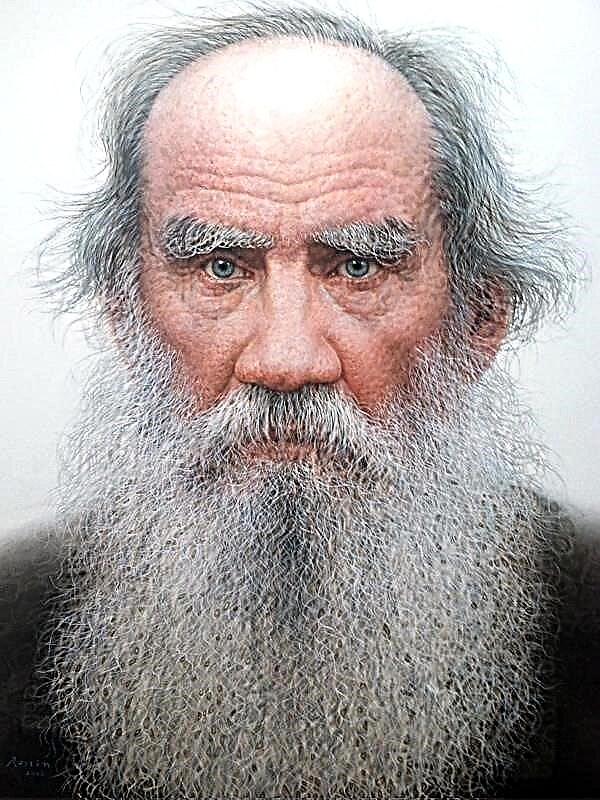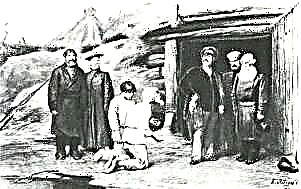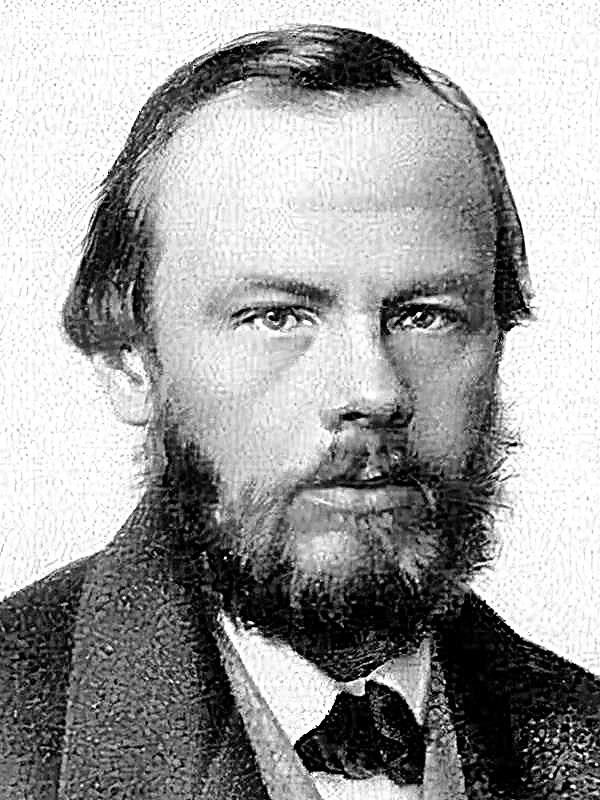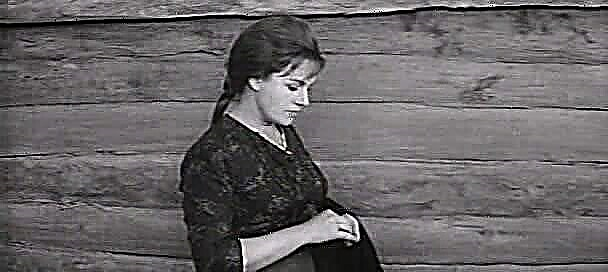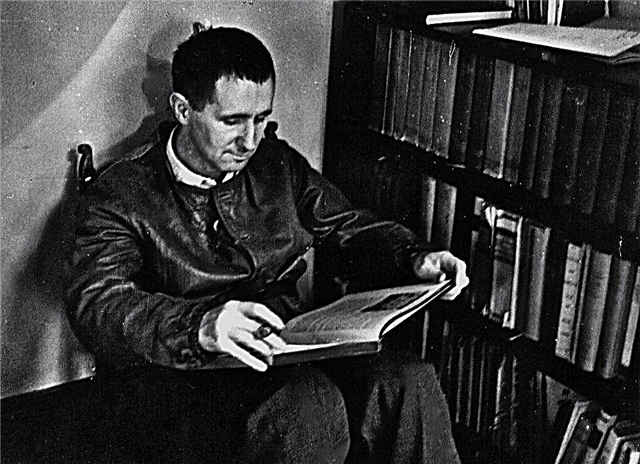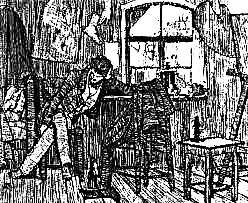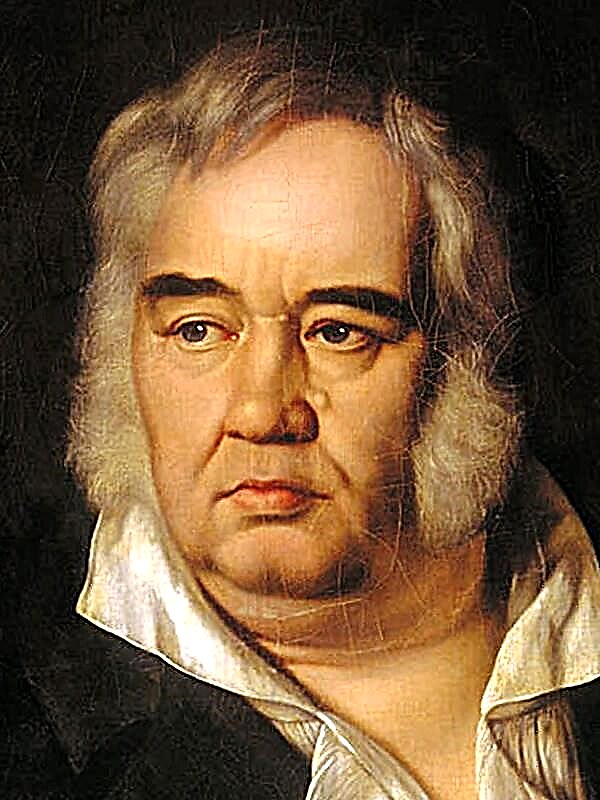On the morning of December 28, 1925, Sergey Aleksandrovich Yesenin was found hanged in the hotel room of Angeleter. Soon, the investigation recognized the incident as a suicide. Nevertheless, in the death of Yesenin there are many circumstances that allow us to question this version. So what is it: murder or suicide? Let us consider all theories and versions of the mysterious death of a national poet.
Version 1. Suicide
It's no secret that the poet suffered from alcoholism for a long time. This illness forced him shortly before his death to agree to treatment in a psychiatric clinic at the 1st Moscow State University. Yesenin’s treatment ended a week before his death, and three days after discharge, the poet went to Leningrad, where he stayed at the Angeler Hotel. The author’s friends also claimed that he was in a deep depression, and researchers of his work say that over the last two years of his work more than 100 references to death have been made. It is protracted depression that is the cause of the poet's suicide.
The day before the tragic events, his friend Wolf Elrich came to visit the poet. Yesenin complained to him that there was no ink in the hotel and handed him a verse written in his own blood, and afterwards asked to read it only when Elrich was left alone. It was the famous poem "Goodbye, my friend, goodbye ...". It can be completely considered as a suicide note of the poet. By the way, Yesenin's friends noted that he often wrote in blood when there was no ink at hand. This was part of his shocking presentation, because the author would be a great fan of making an effect on the public.
Here are other evidence for this version:
- According to the autopsy, the poet died precisely from oxygen starvation, that is, from the effect of strangulation.
- Before his death, he asked his receptionist not to let anyone into his room. This is probably so that no one will stop him from killing himself.
But, in addition to traces of suffocation, numerous abrasions, cuts on the wrists and a dent on the forehead, which could have been formed only from a blow, were found on the body. Cuts on the wrists may be the first and unsuccessful suicide attempt or the result of the fact that there was no ink in the room. But where did the rest of the damage come from? To find the answer, let's turn to the version of Yesenin's death.
Version 2. Murder
However, there are a number of oddities that indicate that the official version may be erroneous. Suicide was easy to stage, because neither cameras nor a fingerprint identification system existed then.
- First, Yesenin simply could not physically hang himself. He was quite low - his height was 168 centimeters, while the ceilings in his room reached a height of almost 4 meters. To tie the rope, the man had to substitute an object at least two meters high, but nothing similar was found nearby. The only things that were not in their places were the overturned candelabrum and a small curbstone.
- Secondly, of course, we are interested in the abrasions, cuts, and dents in the forehead mentioned earlier. Where did they come from on the poet's body? There are two versions about the occurrence of cuts, which were also mentioned earlier: either Yesenin cuts to write a poem, or this was the first and unsuccessful attempt of suicide. But if the second version is true, then the poet would have to tie a rope and move objects with bleeding hands, which is very difficult to imagine, in addition, traces of blood would remain on the floor and on the furniture of the room. The beatings and dents on the forehead should have been inflicted by another person, Yesenin could not have inflicted them on his own. Then who did this? Unfortunately, the investigation did not answer this question.
- Thirdly, the poem "Goodbye, my friend, goodbye ...", which is considered to be Yesenin's death note, most likely has nothing to do with the death of the poet. Sergei Alexandrovich’s mother claims that the poem was written months before the tragedy and is dedicated to Yesenin’s friend Alexei Ganin, who was sentenced to death.
Today it is quite difficult to reconstruct the picture of what happened and find a possible culprit. In many ways, this is the fault of investigator Nikolai Gorbov, who was the first to arrive at the scene and incorrectly drew up the act: he did not describe the important elements of the crime picture. But if it was still not suicide, then who killed Yesenin?
Version 2.1. The poet was killed by the Soviet government for "an attempt to counter-revolution"
Yesenin in many ways did not suit the Soviet regime. A member of the Central Committee of the Party, Nikolai Bukharin, who then had considerable power, repeatedly spoke unflattering about him. A possible reason for the revenge of the government could be the poem "Country of villains", in which there is an allusion to Leon Trotsky. Even then, politicians understood that the peasants were only "fellow travelers" of the party, the village rebellions shook the whole country during the famine.
Everyone knows that then total control was exercised over all spheres of the country's life, and culture did not bypass it. The Soviet government tried to avoid counter-revolution by any means. But it is impossible to execute a national poet, people will not understand, because Yesenin was known to everyone. And the direction of his work did not outwardly contradict the interests of the party.
Indirect evidence can be considered that Yesenin was posthumously awarded the label "kulak poet." Propaganda struck the memory of the author with the frenzy of a hungry wolf. To print his poems became limited editions, this once again testifies to the fact that Yesenin had a very difficult relationship with the authorities.
Version 2.2. The poet was killed by George Ustinov
There is another version. She was offered by Dana Kurskaya (poet and literary critic). She claims that it was not just an imitation of suicide, but an unprofessional imitation.
Yesenin had a difficult year: he realized that Sophia Tolstaya was not his woman, was completely disappointed in the ideas of imagism, and was in a psychiatric hospital. However, he still recovered from alcoholism.
In the evening of December 27, Yesenin called to his friends: Wolf Erlich (to whom he handed over the poem) and Elizabeth and George Ustinov. They argued for a long time whether Sergey could drink, but after that they brought a couple of bottles of wine.
At night Yesenin knocked on the Ustinov’s room, but Elizabeth replied that they were sleeping, and the poet left. But this is known only from the words of the Ustinovs themselves. After the hotel commandant admitted that he heard only one sound: how something heavy fell, like a curbstone. In 1925, George Ustinov began to drink a lot, while Yesenin himself stopped drinking. Empty wine bottles were found in the room, but at the autopsy it turned out that Sergey Alexandrovich almost did not drink that evening. According to Dana Kurskaya, something angered George, and he drunkenly attacked Yesenin. After realizing what he had done, he imitated the suicide of the poet, and his wife covered him up.
Interesting Facts
- In the Yesenin case, there are classified materials that should have been made public, as most state secrets have a statute of limitations, after which they are declassified. 70 years have long passed - this is the statutory period. But so far, none of these materials has left the secret archive, and interested people just shrug their hands and wait.
- Many poets of the Silver Age died a violent death, and the political situation in the country can be called the indirect reason for their solution in all cases. V. Mayakovsky shot himself, hanged M. Tsvetaeva, died in the camps of O. Mandelstam, shot N. Gumilyov, etc.
Conclusion
To find out what happened to Yesenin is not possible. It is only known that the national poet Sergei Alexandrovich Yesenin died in 1925 at the age of 30. He was buried on December 31, 1925 in Moscow at the Vagankovsky cemetery.
A little later, Galina Benislavskaya, who for many years was a good friend of Yesenin, shot herself from grief at the poet’s grave. But not one she yearned for the poet. His death mourned all the people. Perhaps all these theories were born precisely because many were unable to come to terms with Yesenin's too early death. But we can only honor his memory and love his work.

